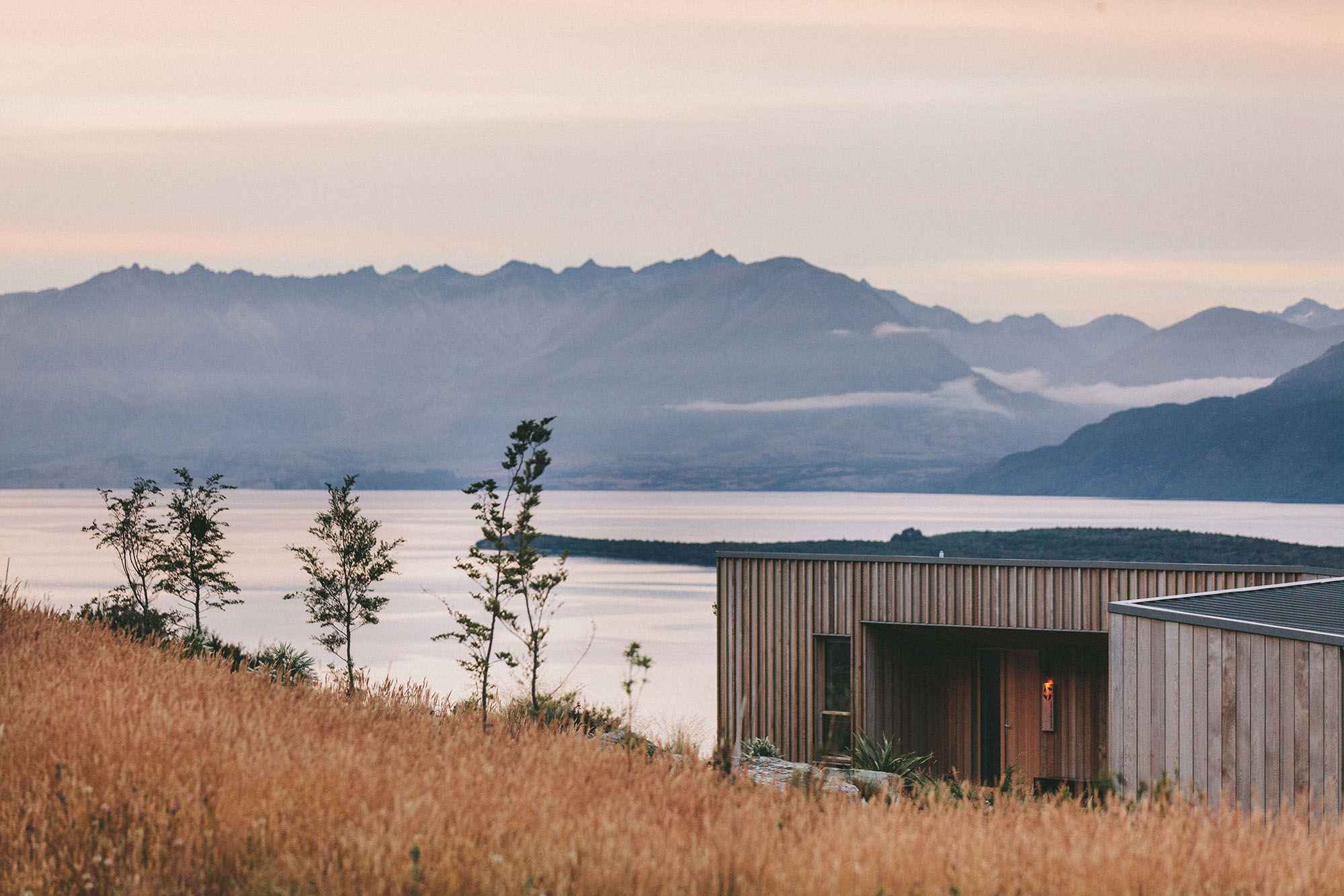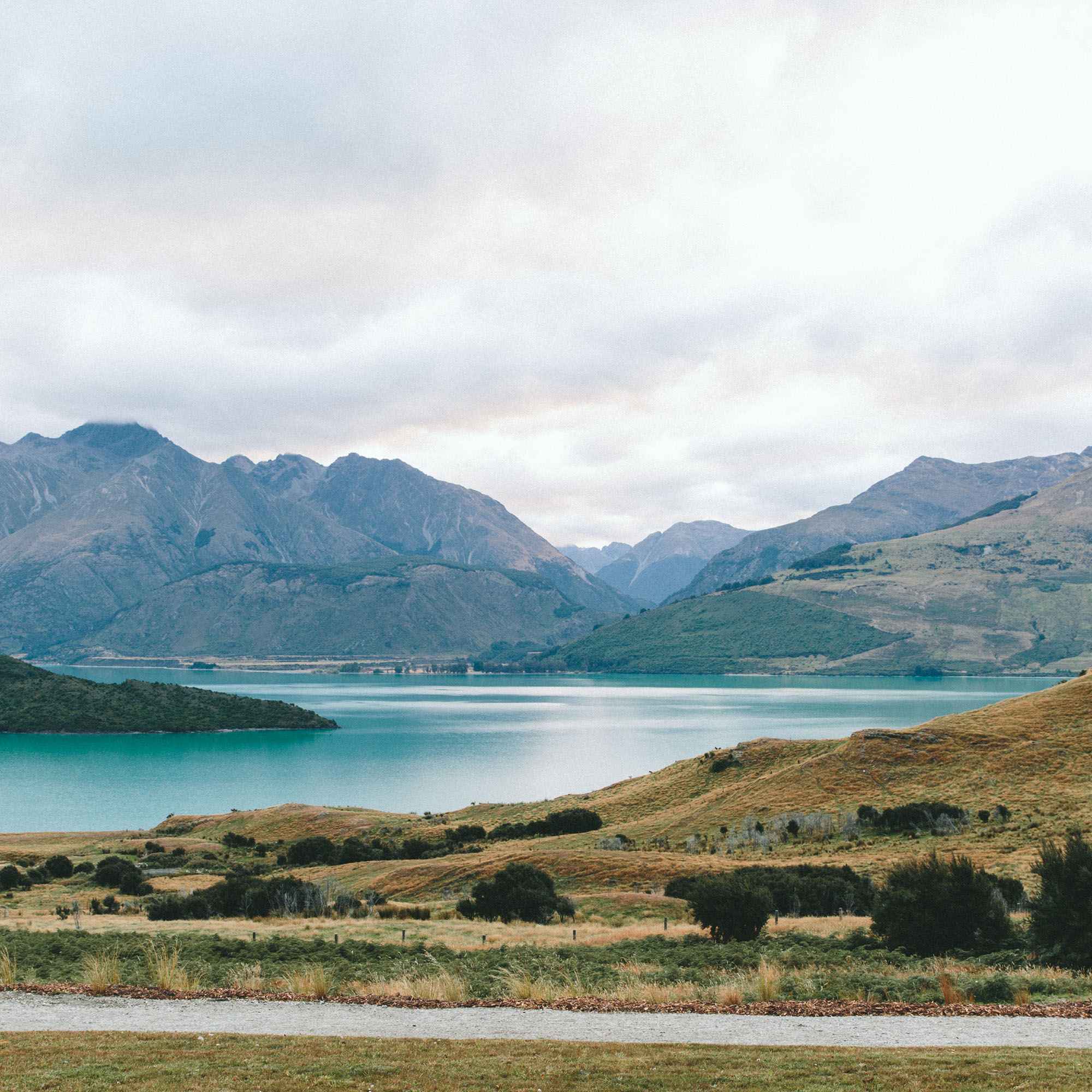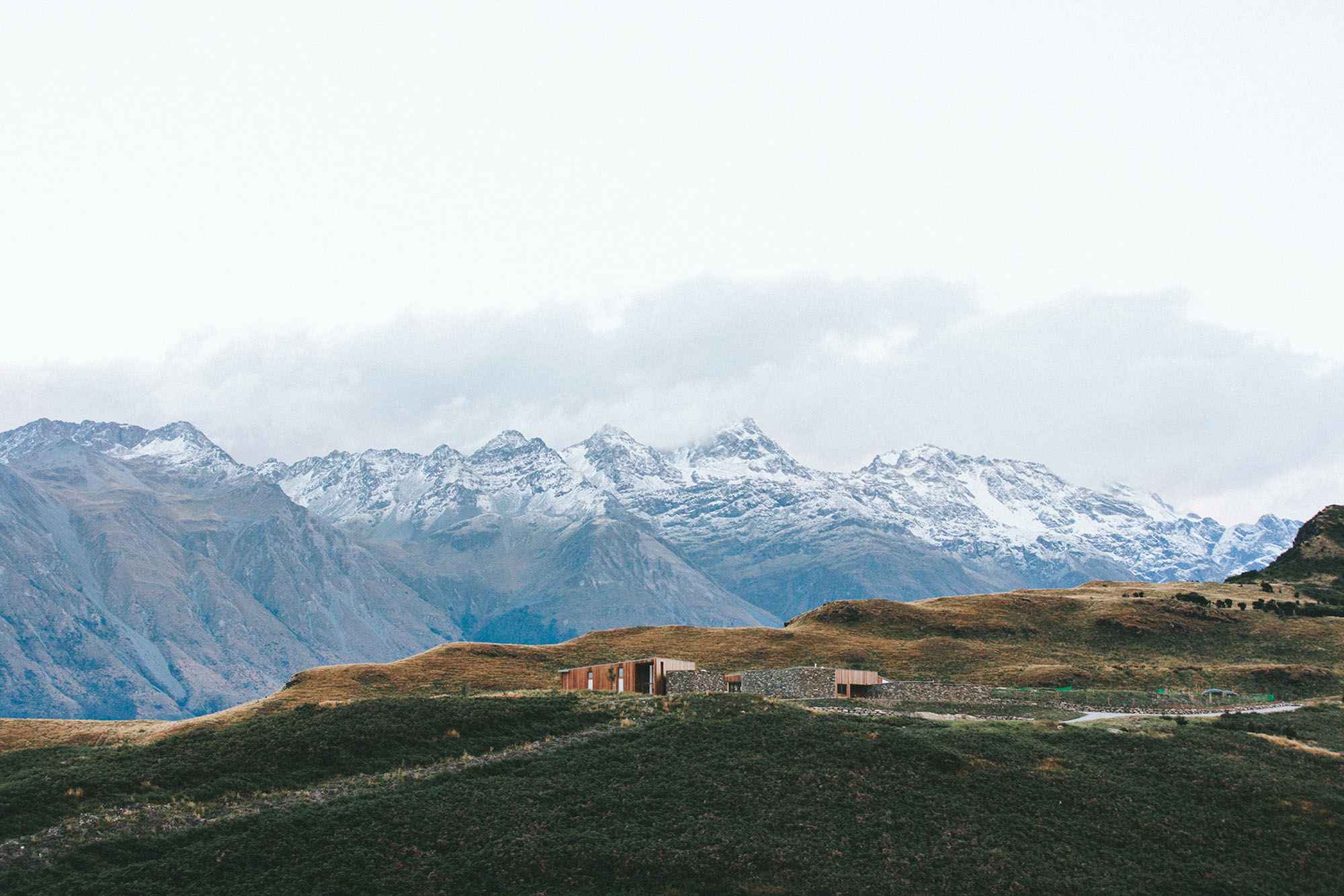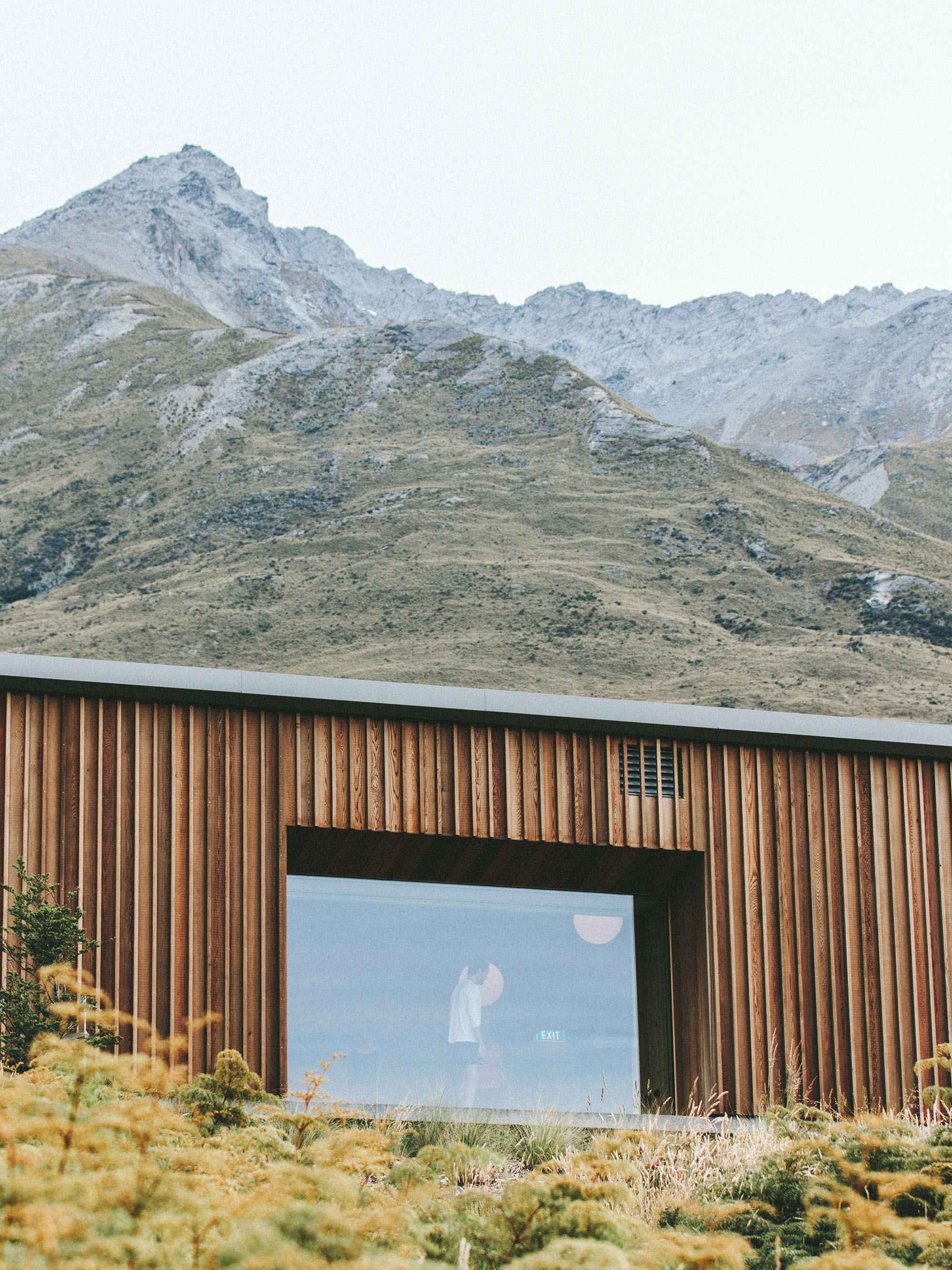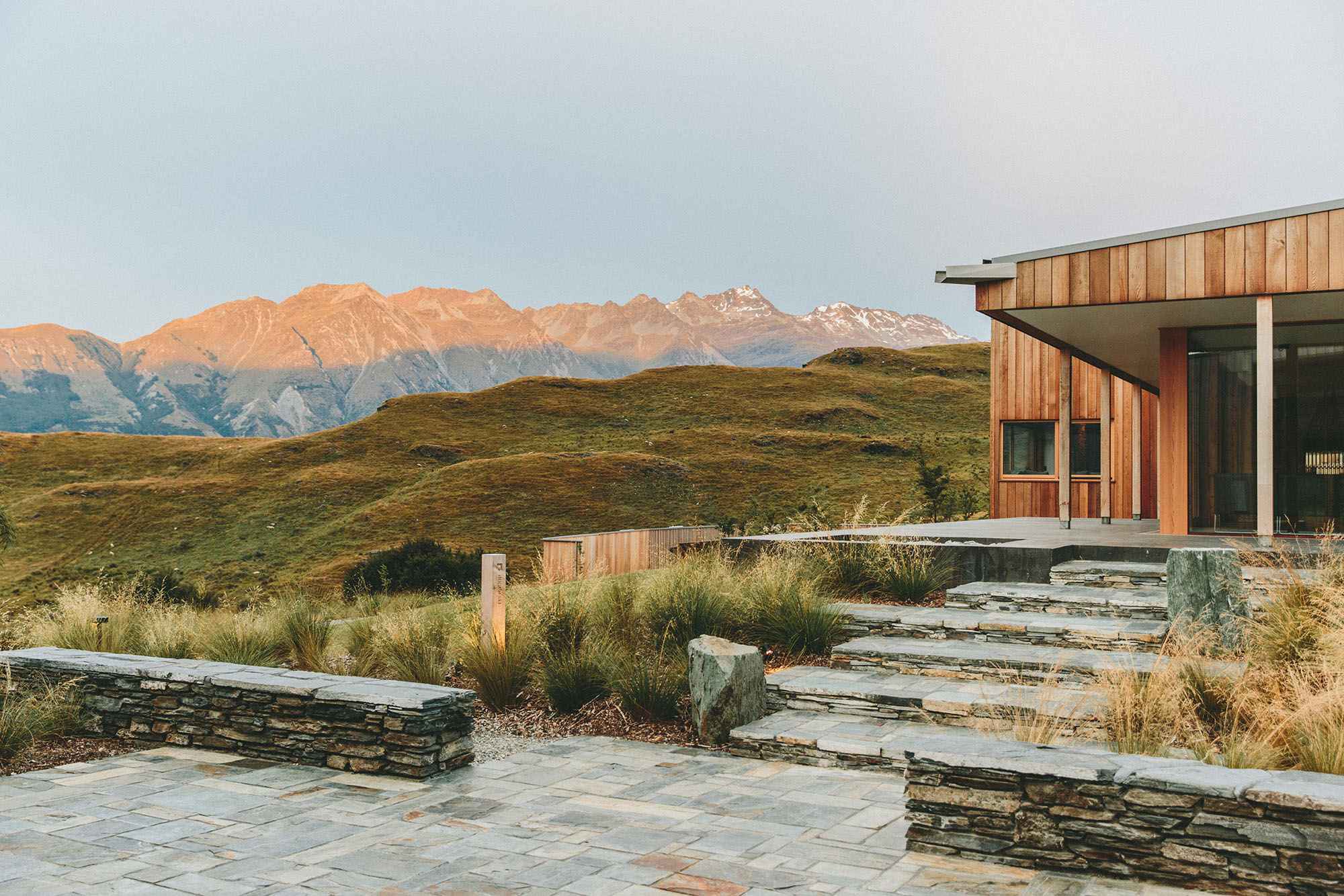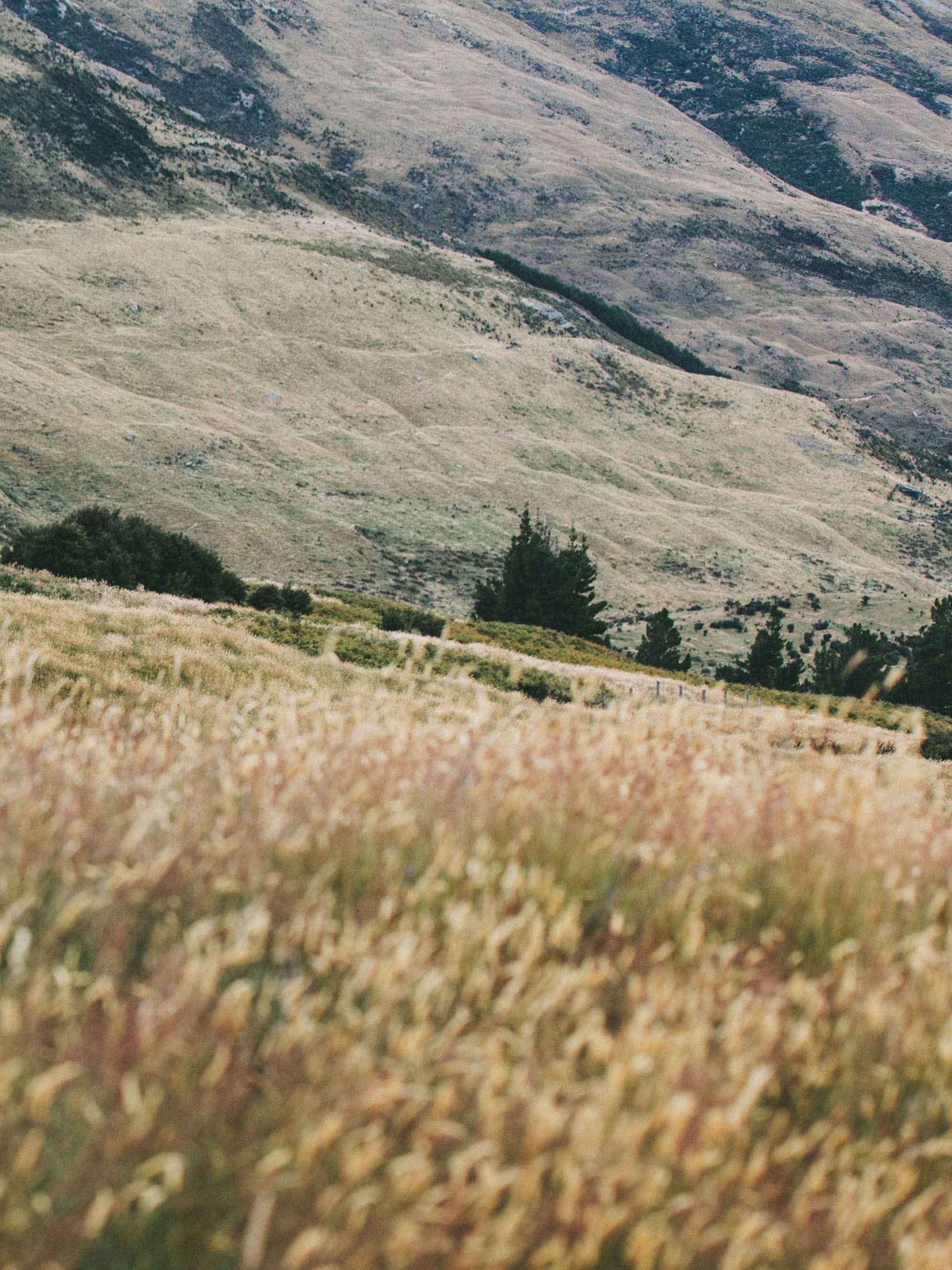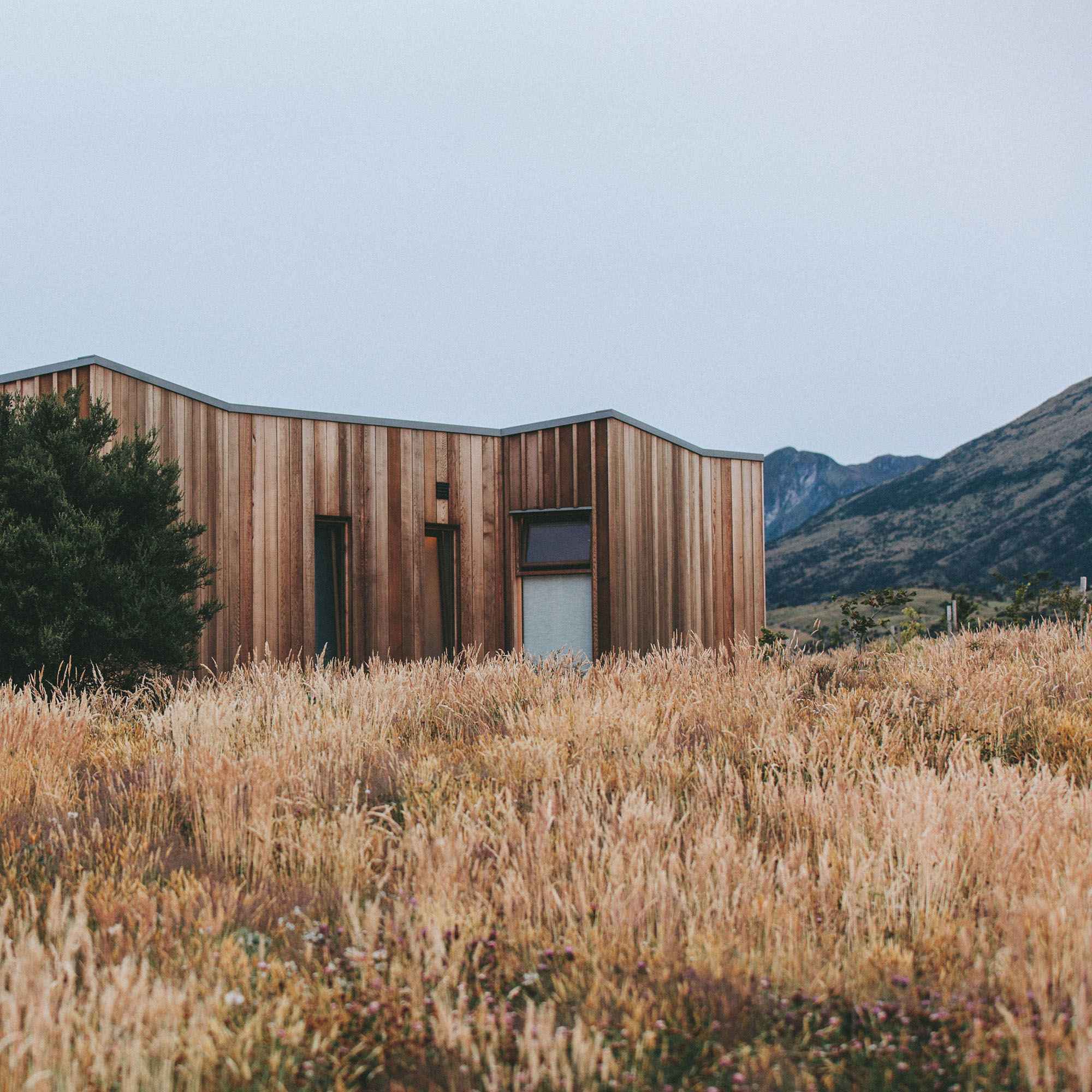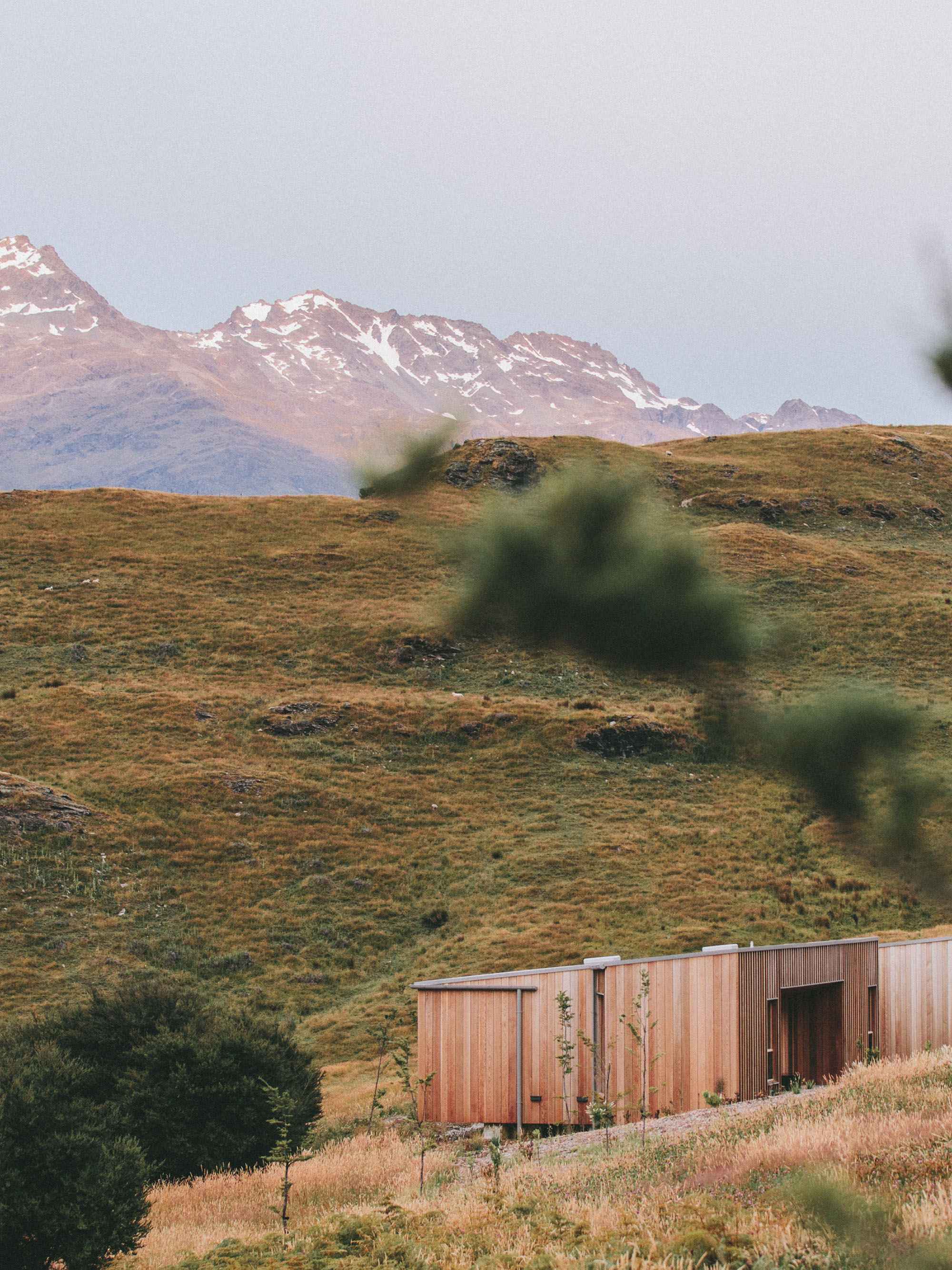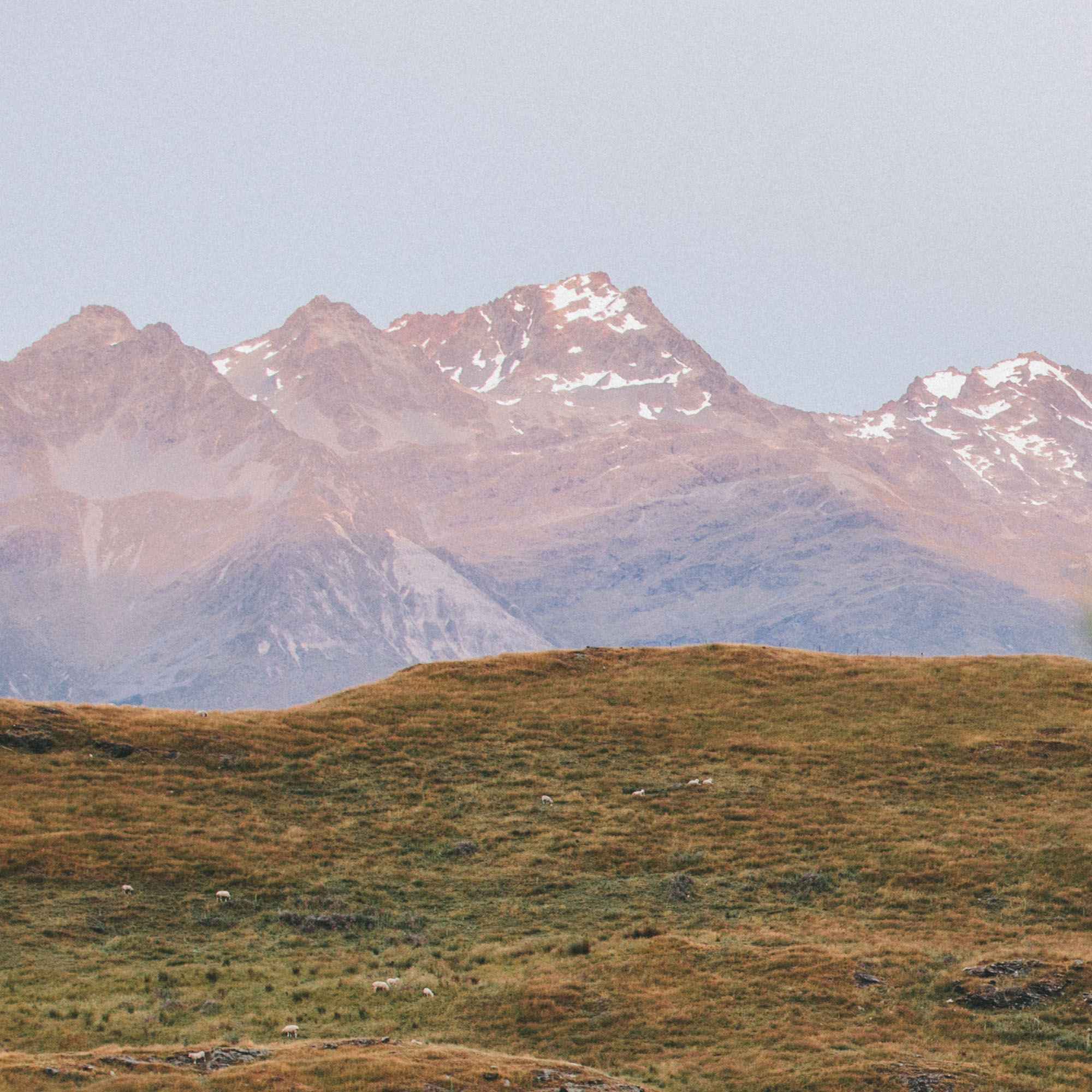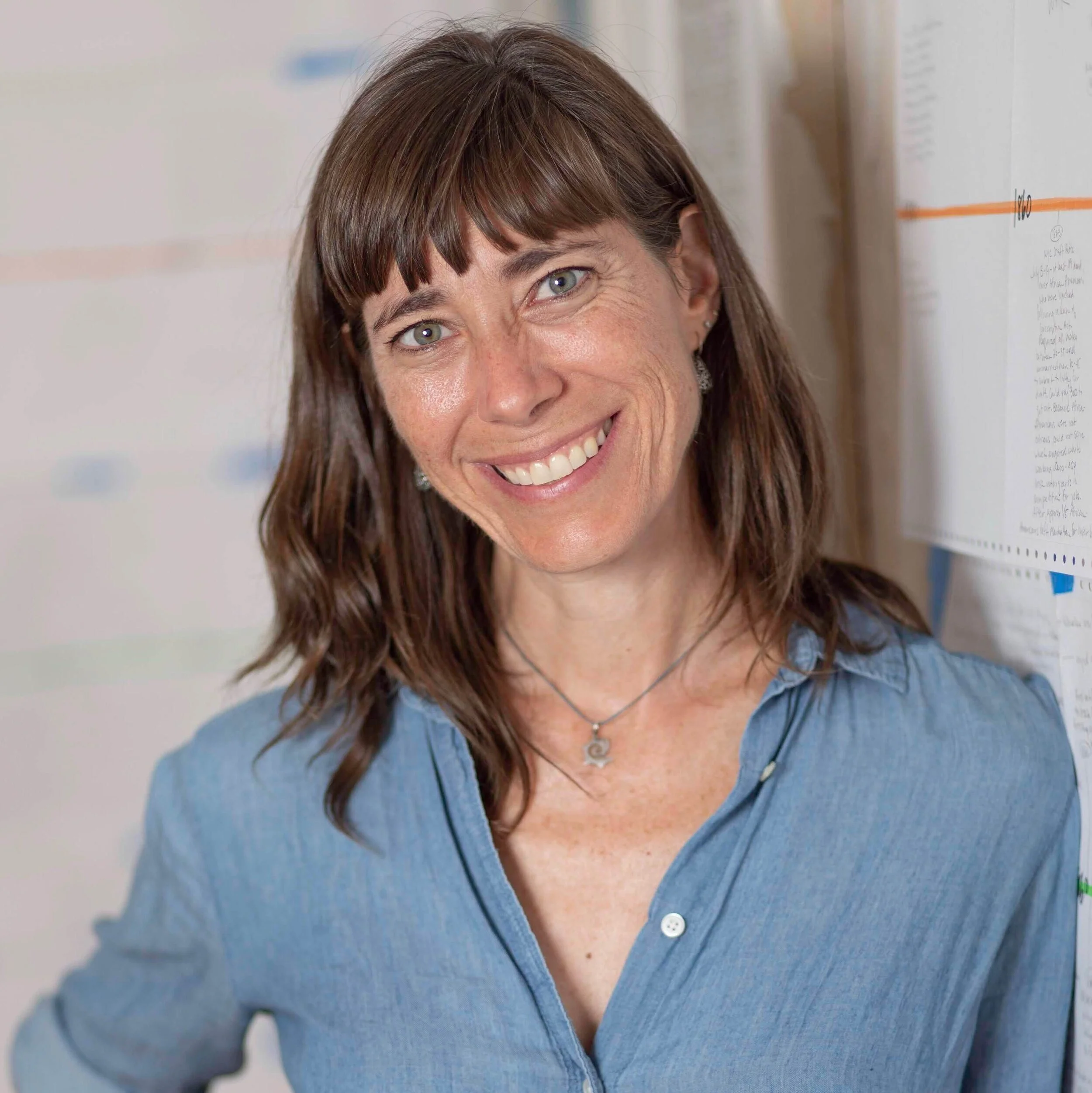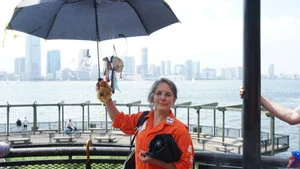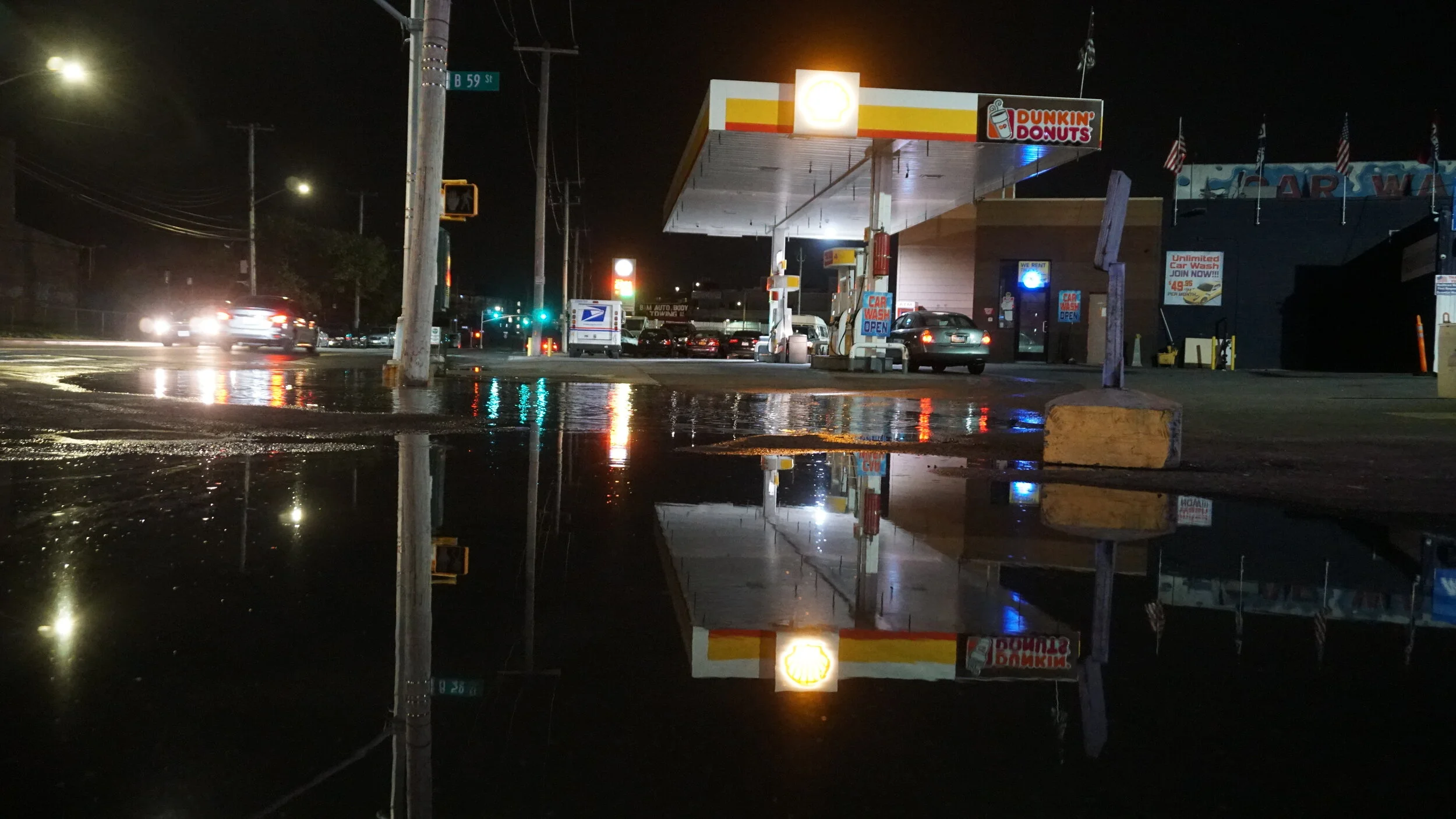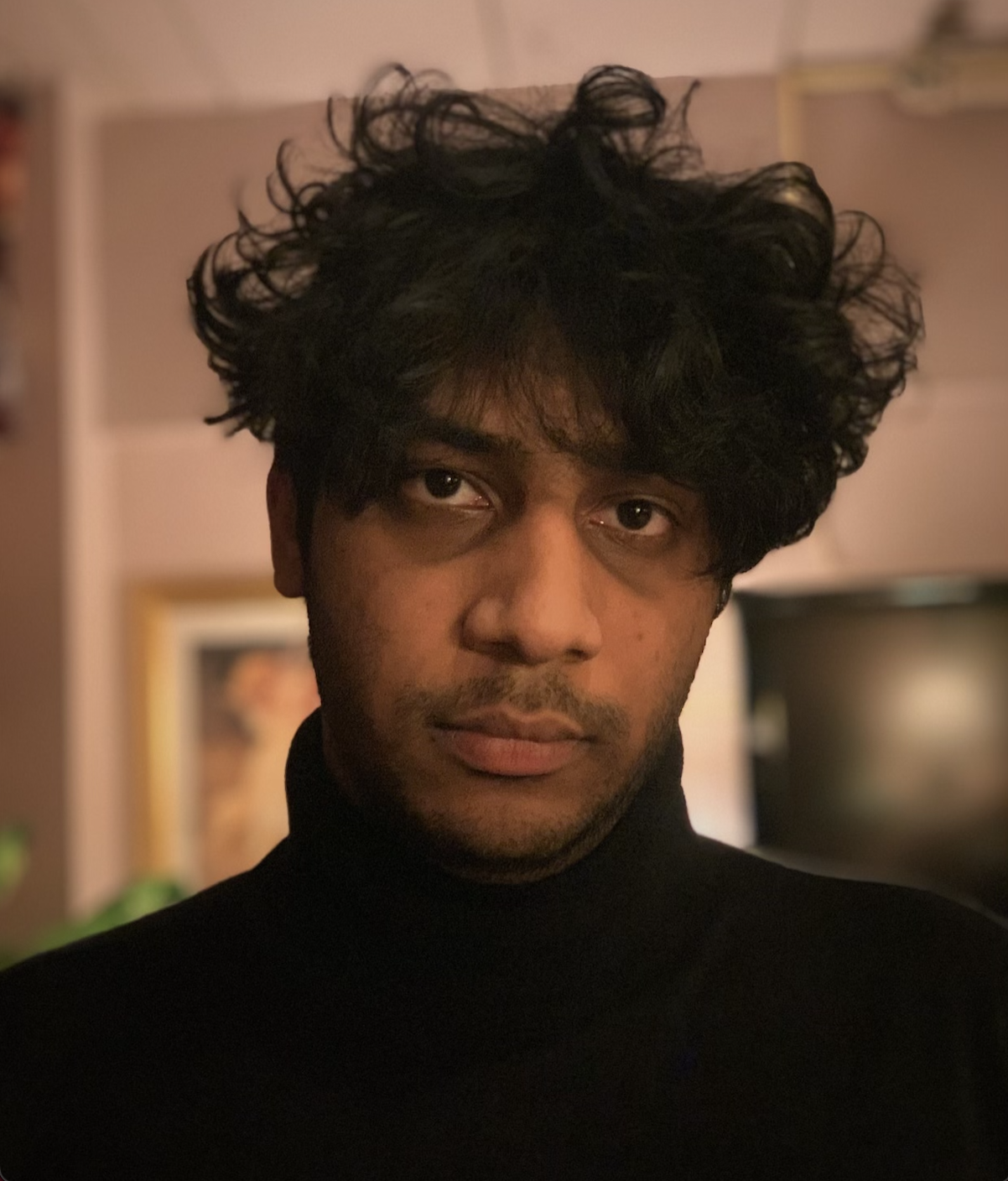Crip’d Fleets: Overflows + Disruptions by moira williams
Crip’d Fleets: Overflows + Disruptions is a multi-platform on-going work centering cross disability people, “access intimacy” and water intimacy asking: ask: “How can the interconnected ecologies of “access intimacy” and water intimacy inform and shape NYC’s Waterfront plans into policies that include accessible ways to the water for and with NYC’s Cross Disability community?”
Access to NYC’s public waterways and accessibility for disabled people to public waterways rarely mean the same thing. Disability Justice believes in looking beyond ADA accessibility and architectural accommodation. Mia Mingus, a Disability Justice scholar and activist coined the phrase “access intimacy” that describes accessibility beyond ADA as an attitude; “that hard to describe feeling when someone else ‘gets’ your access needs.” Crip’d Fleets Overflows + Disruptions supports this understanding of accessibility as an attitude, a necessary adaptability best expressed in spaces with flexible boundaries, overflowing, disrupting and messy edges.
Towards expanding access as an attitude, a necessary adaptability shared with water; Crip’d Fleets: Overflows + Disruptions collectively navigates waterfront accessible points across NYC to be with water and co-create virtual and physical performances, conversations, Access Orange Accessible Water Intimacy Point Flags and a Disability Cabaret on an accessible Boat!
moira’s co-creative work is embodied research towards co-creating, negotiating waterfront planning policy and making accessible waterfronts and beaches.


